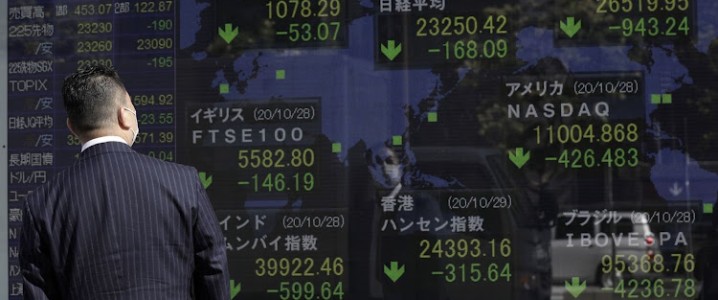Crude oil benchmarks were trading even lower midday Wednesday, at prices lower than they’ve dipped for several months, even as OPEC+ emphasizes that it is committed to a calibrated increase in crude output, rejecting media speculation of a sweeping jump in inventory.
Still, it involves additional supply, and as of the time of writing, that continued to put downward pressure in markets already showing signs of strain.
The expanded cartel’s decision to add barrels amid soft demand has empowered the bears, dragging both Brent and WTI back to their weakest levels since June, with even measured dips feeling outsized in a fragilly balanced market.
At 12:33 p.m. ET on Wednesday, Brent crude was trading at $67.51, down 0.97% on the day, while West Texas Intermediate (WTI) was trading at $62.21, down 0.26% on the day.
Meanwhile, Kurdistan’s resumption of exports to Turkey’s Ceyhan terminal at volumes estimated between 180,000 and 230,000 barrels per day is reintroducing more crude to the global markets.
Weakening demand in Asia is compounding the supply overhang. Manufacturing surveys from Japan showed a sharper contraction in September, hitting a six-month low. China’s factory sector contracted for the sixth consecutive month, adding to the sense of stalling momentum. Export-reliant economies across the region are seeing soft external orders, while domestic demand remains lackluster. Slower fuel consumption in Asia is a key flashpoint for traders.
In the U.S., the government shutdown is injecting additional uncertainty into energy markets. Critical agencies with furloughed employees could find themselves unable to deliver the data that traders depend upon, heightening volatility.
“Oil prices are under pressure in anticipation of OPEC+ restoring additional quantities of oil back to market, along with the resumption of Kurdish exports,” said Andrew Lipow, president of Lipow Oil Associates. StoneX analyst Alex Hodes warned that the renewed supply burden could “squeeze margins for high-cost U.S. shale producers.” Meanwhile, Diamondback Energy CEO Kaes Van‘t Hof cautioned that U.S. production growth is likely to stall if crude stays around $60, noting that fewer Tier-1 drilling zones remain viable at lower prices.
By Tom Kool for Oilprice.com
More Top Reads From Oilprice.com

